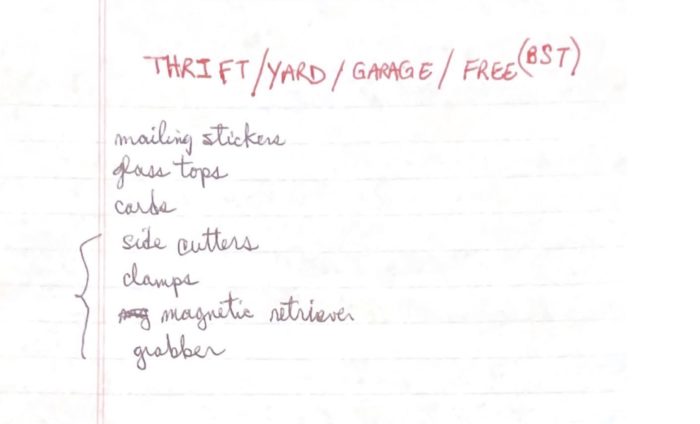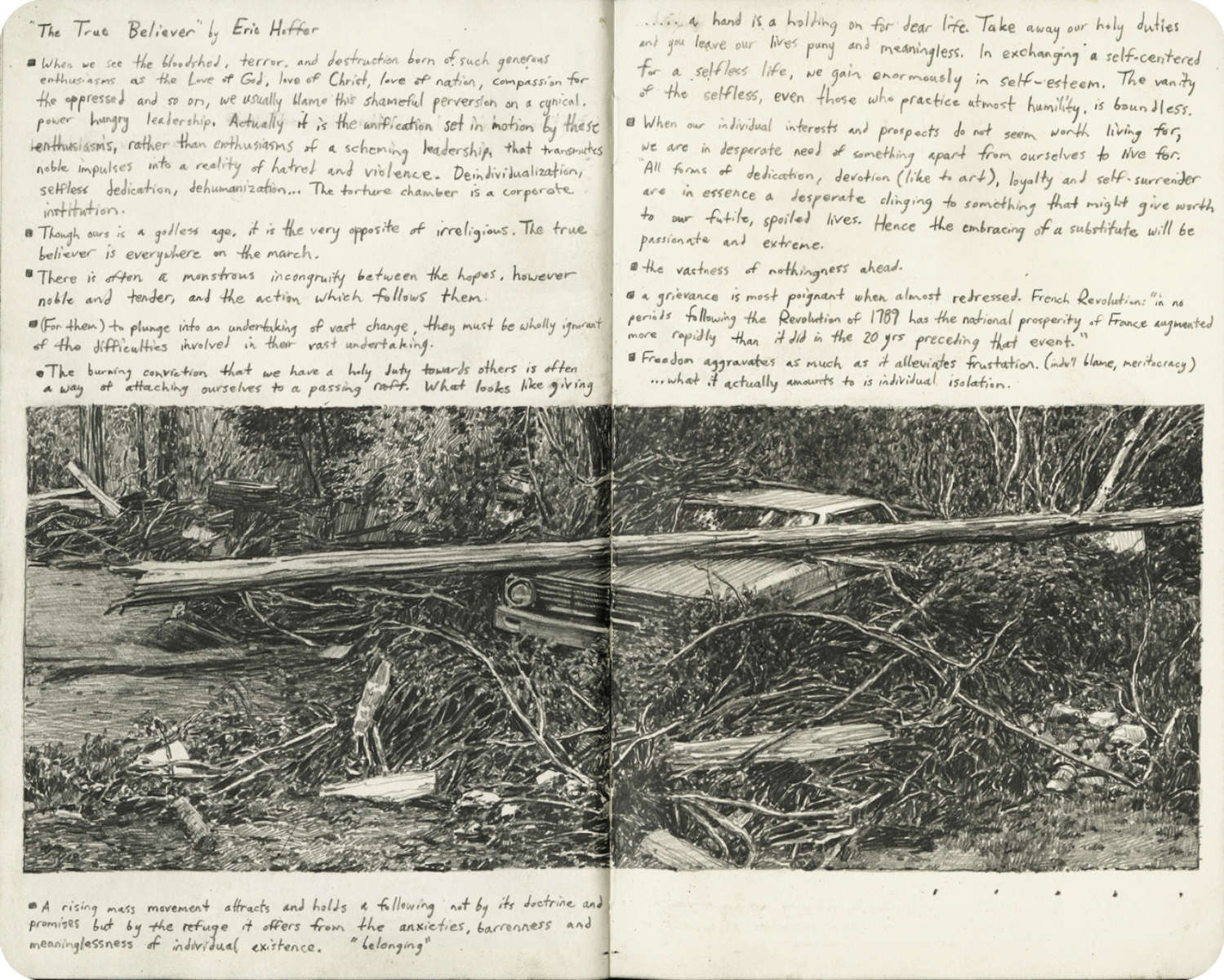I’ve been thinking a lot about this site lately. As you’ve surely noticed, I haven’t posted to it in a while. The last post before today was on July 1st — almost 6 months ago.
There are a number of reasons for this. One is that, when I started this site, I had some collaborators and contributors who have since moved on to other things. All of our lives are busy and we all have other sites that are more primary for us. Here’s mine. So it’s difficult to keep up a separate, single interest, site.
The truth is, I have lots of interests and my focus on which of those I’m more interested in than others changes. There was a time when I was super focused on the idea of a site focused not so much on the stuff of analog writing but the act of it and I think this site did a very good job of that. I felt it was a voice that was missing in the conversation around pens and paper and pencils and typewriters and etc. “Sure, but what about what you DO with those things?” is the question this site sought to explore. I’m proud of it.
I’ve also been in this position before. A very popular site that I’m pretty proud of that I’ve ended when I felt I had all I’ve had to say on that subject.
So, I’ve been thinking to myself that I’ve said all I have to say on this one… But then the previous two links pop into my focus and here I am excited about finding more stuff like that and posting about it here and…
All this is to say that I’m sorry for the lack of posts around here and that may or may not change and I’m just not sure what will become of it but know that I know and that I’m thinking about it more than you know.


